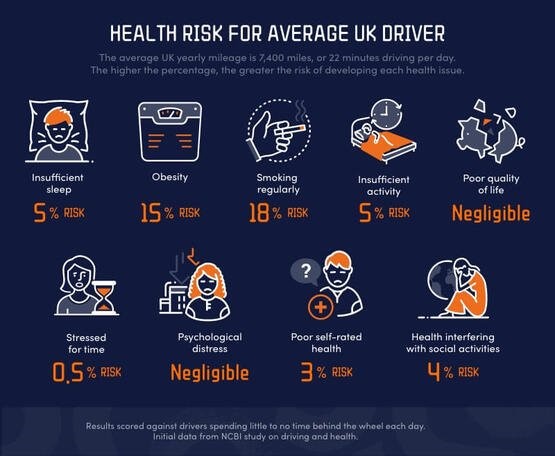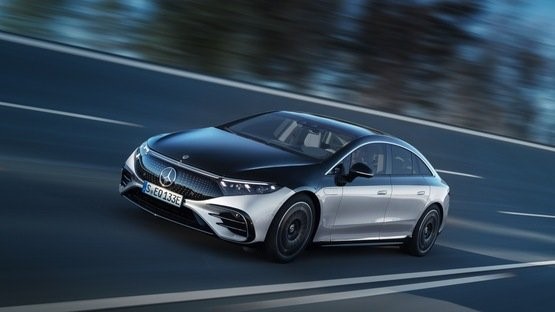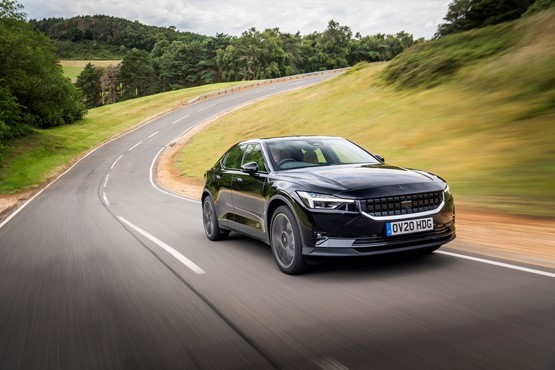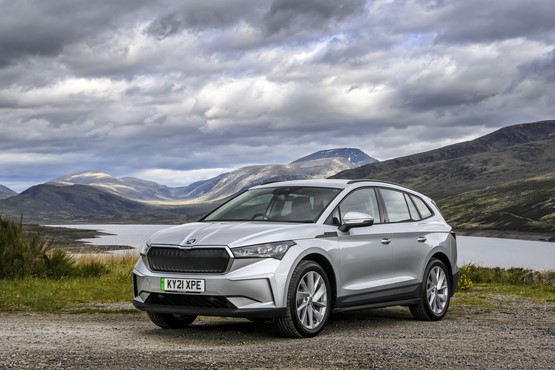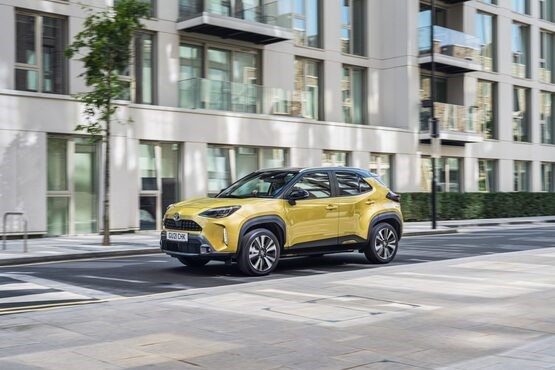Traffic Officers To Be Given Body Cameras To Stop Abuse And Attacks
Friday, 11. March 2022
Body-worn cameras have been issued to National Highways traffic officers patrolling motorways and some major A roads.
The national roll-out started in 2021 and was completed last month when the equipment was issued to colleagues in the Midlands.
It comes after National Highways recorded 214 incidents of intimidating behaviour, assault or abuse against traffic officers in just one year.
The incidents took place between January 2020 and 2021 despite the impact of the Covid lockdowns on traffic numbers.
National Highways customer service director, Mel Clarke, said: “The cameras have been provided to help protect our traffic officers and will be part of their uniform. Like a seat-belt, we hope the camera isn’t needed, but it will be there if necessary.
“Our traffic officers should not have to face abuse or even threats while simply doing their job – which is to help people and keep our roads moving.
“We want to reassure them, and warn anyone who thinks such abuse is acceptable, that we will do all we can to support our traffic officers and vigorously pursue justice for any criminal activities directed towards them.”
National Highways traffic officers are there to keep people safe and help the roads network run smoothly. But despite their primary role being to help, abuse is becoming an increasing problem as they carry out this vital work.
Incidents range from abuse being shouted from a vehicle, foul language, objects being thrown, targeted threats and even physical attacks.
Footage has been released by National Highways of two incidents faced by traffic officers which have already been captured on the new cameras.
Studies have shown that the presence of a camera can reduce the potential for confrontation and, should an incident occur, provide vital evidence needed for a police investigation and ultimately prosecution.
Traffic officer Chris Owen has already discovered how important the cameras can be after being called to the M61, between junctions 8 and 9, to a seemingly intoxicated pedestrian ‘walking home to Preston from Manchester’.
She became increasingly aggressive with the traffic officer and, when the police arrived, made allegations against him of inappropriate behaviour.
Owen, who has been a traffic officer for six years, said: “Fortunately, the camera could prove that was not the case.
“Although it was filmed at night the footage was clear. It is reassuring to have that back-up.
“Using the cameras can actually de-escalate some situations. Previously people would shout abuse or get angry knowing their actions would not come back on them. Now there is footage.”
Although infrequent, complaints against traffic officers have previously relied on all parties giving statements which can often lead to conflicting reports and therefore lengthy and time-consuming investigations. The cameras will provide an accurate account of events.
Traffic officers are wearing Motorola Solutions’ VB400 body-worn cameras which are used to support safety across many UK organisations including multiple police forces and NHS England’s ambulance trusts.
Costing some £500,000 to roll out across the team of traffic officers, the camera units are designed to withstand rigorous use and capture high-quality video and audio in all weather and light conditions.
Recorded video is uploaded to the cloud, providing footage which is admissible in court. By Graham Hill Thanks To Fleet News
